Interview with Hyapatia Lee, Founder of Native Strength: Part I
Native Strength is not a cure so much as it is a path toward self-healing.
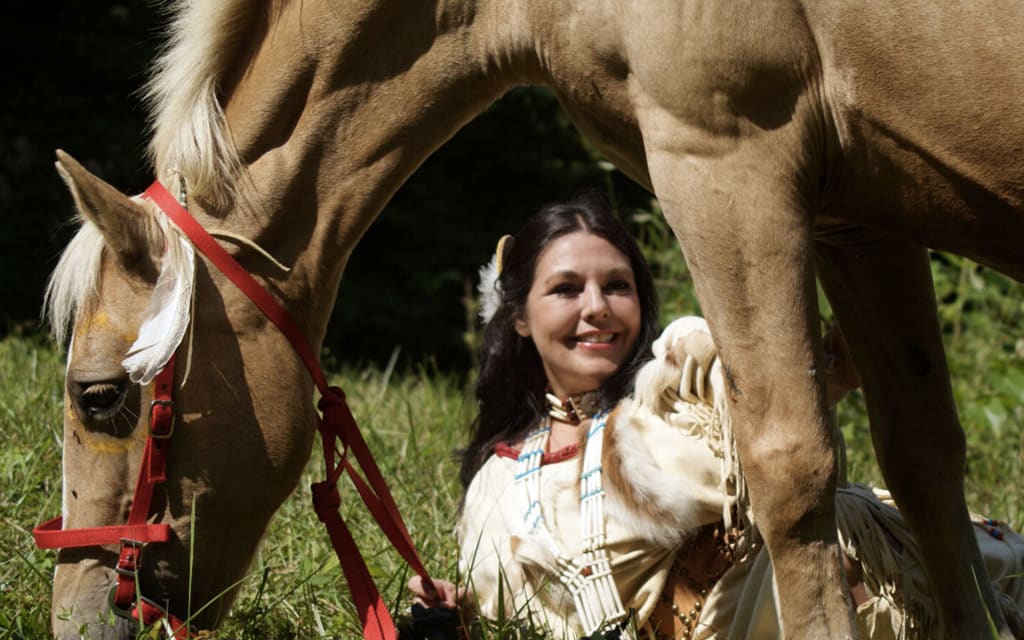
Hyapatia Lee is out to revolutionize the mental health care system, or at least call into question the status quo; her past personal trauma fuels her tireless commitment to empower other people to heal themselves as she did and does heal herself. As a woman of Native American (Cherokee) descent, Hyapatia is well versed in the ancient inter-tribal ideology known as Native Wisdom—in fact, it was this very teaching that rescued her from the depths of her own mental anguish. So transformative was the effect of this spiritual discipline, Lee eventually developed the philosophy into "Native Strength," which teaches self-healing techniques for practical application.
Though Hyapatia found salvation in her own ancestry, she adamantly believes that she is of no greater entitlement than anyone else; she envisions a world where Native Wisdom is available to the masses, Native Blood or not. It is a cruel thing, she believes, to deprive any person, struggling or otherwise, the opportunity to tap into their emotional strength. In addition to establishing local clinics where people can learn and apply the Native Strength methodology, Lee envisions a Dr. Phil-esque television program that will further spread these sacred teachings. The key differentiator, of course, would be an objective not to fix peoples' problems, rather to arm them with the emotional and practical tools to fix their own.
Longevity had the opportunity to interview Ms. Lee, who is a writer and columnist for High Times, about her life's purpose and about the book she wrote about it: Native Strength: The First Step on the Path to an Indomitable Life. In Part I of our conversation with her, Hyapatia shared some of the basic tenets of Native Strength, her personal experience with the modern health care system, and the healing power of cannabis.
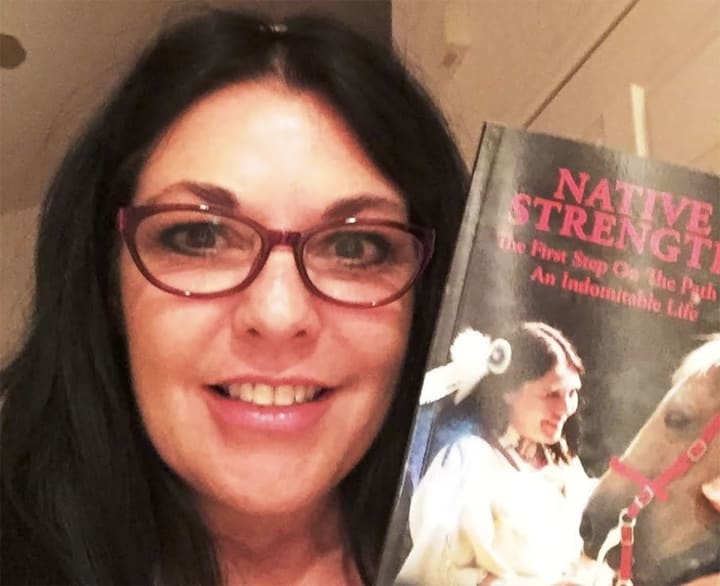
Image Courtesy of Hyapatia Lee
Longevity: What are two or three basic practices or habits within the philosophy of Native Strength that a beginner can incorporate into their daily routines to help navigate difficult situations?
Hyapatia Lee: The single most important piece of advice I can give is to get in touch with your inner children and elders. It only takes a few minutes and can be done while waiting in line at the grocery. Checking in frequently is how we show ourselves love. The children will help you avoid overworking yourself and enable you to appreciate beauty in your life, and the elders will help you to see the bigger picture, forgive yourself and others, and unconditionally love yourself. This will also help you to find your sacred dream, the plan your soul has for this life.
The second piece of advice would be to learn the Wheel of Life and the Circles of Life so that you will be aware of the natural patterns and influences in your life. This will give you a clearer view of how your perceptions are being influenced. It can also help you to find ways to manifest your sacred dream into reality.
What is your vision for how to bring Native Strength to mainstream audiences?
The Native Strength system is needed by people all over the world right now. The nightly news is filled with stories of people who are desperate and have lost control. The fastest and most direct way to reach people would be through television so large numbers of people could be exposed to the basics of the system. Naturally, the books will help people to learn conveniently on their own but ideally it would also be shared locally by people who know the system well and can help others.
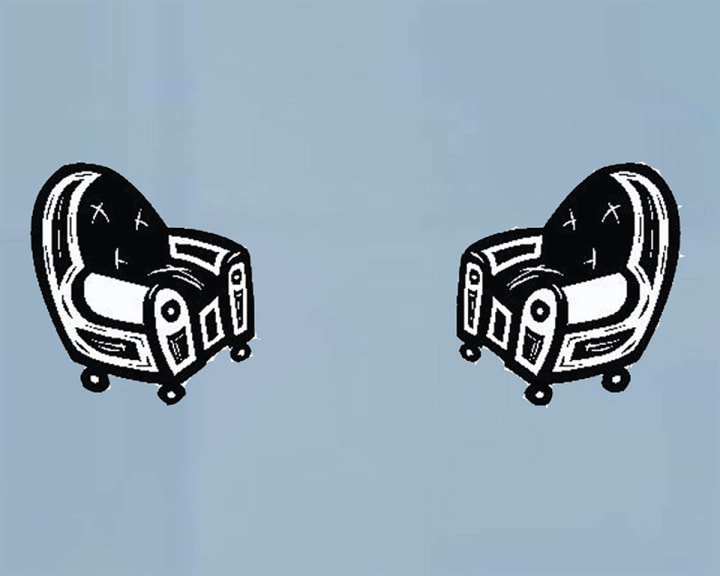
Could you speak to your interpretation of Freud, and explain what fundamentally differentiates your cannabis approach from Freud, or any one of the “modern medicine” alternatives to his psychoanalytic approach, including behavioral, psychiatric and combined treatments?
In Native Strength we seek to find balance in all directions around the wheel of life. By that I mean we strive to balance ourselves physically, emotionally, spiritually, and mentally. We also try to find balance with our family, society, religion, government, and within the structure of law. Most people today have an overabundance of communication with their inner adults. They are quite aware of the bills that need to be paid, the time they must be at work, the children’s needs and meals that must be made and so on. This is usually not the problem. People are overwhelmed by the business of the adult, or ego.
By allowing the adult issues to take a back seat temporarily, we are able to go deeper. Freud was on the right track when he talked about the id, but there are two sides to everyone’s id, a male and a female. His definitions of the id, ego, and super ego are different in many fundamental ways from the children, adults, and elders of Native Strength. Freud lived in a very sexist, myopic culture and his work reflects this. Native Strength further defines these parts of the self, acknowledges their male and female sides, and addresses their needs and their functions.
The pharmaceutical industry itself admits that their drugs can cause suicidal thoughts and tendencies. Furthermore, these drugs take a full two weeks to take effects. If the effects are not helpful or make the symptoms worse, it will take another two weeks for the drugs to leave the system. Some of the unintended side effects from these drugs include weight gain, foggy thinking, and dry mouth. This dry mouth contributes significantly to tooth decay and can cause asthma attacks in asthmatics that can occur in the middle of the night and can lead to death. As an asthmatic, I experienced these sudden attacks. I advocate cannabis use only for those who feel as though they may otherwise need the help of pharmaceutical drugs. Unlike these drugs, no one has ever died as a result of using cannabis.
Talk therapy can be helpful when it provides tools for processing traumatic events and enables clients to discover valuable lessons in the aftermath. The problem is that the few tools the contemporary mental health care system has are woefully inadequate and fall significantly short of the ones offered in the Native Strength system.
Behavior therapy concentrates on the actions of an individual. Behavior is the result of twisted thinking. Inappropriate thoughts occur long before they are acted upon and we have all seen the violent results of ignoring thoughts and focusing only on behavior. Most perpetrators of violence had no previous episodes. In addition, there are times when a therapist may deem a client’s behavior inappropriate without fully understanding all the incidents that lead to that behavior. This “inappropriate behavior” might be no threat to society, yet the therapist sees fit to change it even though it may be working well in that particular clients’ life. I do not see the logic in paying a person to listen to hours of history just to approve of one’s behavior if it has no negative consequences.
Many people who know they are struggling emotionally do not seek treatment because they cannot afford repeated visits that are rarely covered by insurance or they do not trust the system or people involved. Native Strength circumvents all of that. Parents have lost their children because they shared their personal thoughts or fears with a therapist they were hoping would help them prevent damaging behavior. Victims of abuse have been judged to be more likely to abuse others by therapists that do not know better. The truth is that most victims do not go on to hurt others, although most offenders are also victims. This leads to extensive emotional damage for all the parties involved. It is no wonder some people who would like to put an end to their suffering never seek help.
Native Strength seeks to empower the individual to fully understand their own thoughts and the logical consequences of their actions. It provides the individual with ways to find solutions that are unique to their circumstance and personality whereas the contemporary mental health care system tends to adopt a “one size fits all” approach. The tools in Native Strength have been polished through centuries of inter-tribal practice.
We learn to care for ourselves physically as we grow, but for some reason it is acceptable in society for people to continue to seek help with their emotions instead of acquiring tools for self-awareness and emotional maturity or intelligence.
You indicate in the preface to “Native Strength” that you did go through the “modern approach” to treatment (talk therapy, medication) but found it ineffective and even harmful. Were you aware at the time that it was detrimental for you, or only once you found a new way did you realize this in hindsight?
I was aware at the time that it was not helping me to progress in life, only to sustain an existence. I felt like I was treading water and not advancing. While I was grateful to be able to stay afloat, I feel that this was all I was doing for years. I could have been moving forward a large majority of the time. In retrospect, I found I was allowing myself to live in situations that were not necessarily beneficial to me and perhaps even abusive. I feel I could have grown and matured faster if I had been given the proper tools and not numbed to my emotions all the time. That is the beauty of cannabis. It takes effect immediately and wears off in a matter of hours, leaving you unmedicated and able to function normally.
I do not mean to give the impression that all of the contemporary mental health care system is bad. I have come across some wonderful people who have been very helpful to me during my years of involvement with their system.
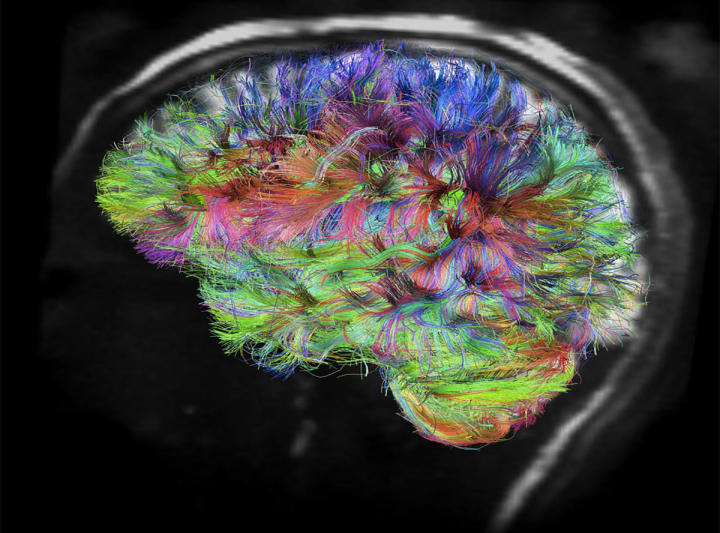
Have you mastered lucid dreaming? What is the extent of experiences you’re able to create? How has that affected your own psyche and your ability to effect change and self-healing in your non-dream reality?
I have had many dreams where I was aware that I was dreaming and a few where I was able to make myself lay down and go to sleep in the dream. During this “dream sleep,” I was able to have another lucid dream. This is a dream within a dream. This is where we manifest our dreams into reality. It requires dedication. There have been nights I have felt like I worked harder than I did during the day, even though I slept a full seven hours.
When I first started lucid dreaming in the mid 1990s, I dreamt of my husband before I met him. I dreamed the relationship would not last and that we would have a child. I knew that he had gone through a terrible accident that required hours of extensive surgery to save his life and repair his hand and foot. I did not know who this man was and so I was confused until I actually met him. It wasn’t until we were involved in a relationship that I found out about his accident. We did eventually marry, have a child, and then divorced some years later.
About five years ago I wanted to write for High Times magazine and was able to manifest that from my dream. I wanted to move to Colorado and dreamed into reality a job working for a large cannabis grow operation where I eventually became head of quality control. I found my job as a grower before I moved from Indiana and eventually become the head of the quality control department. These are a few of the larger things I have been able to manifest.
These experiences have made me feel that the information I learned from my teachers was far more valuable than I first realized. When I helped the people of the Lost River Band in Indiana, it verified that Native Strength would work for others, but I did not incorporate the metaphysical knowledge into what I taught them, only the exercises for mental strength and development. My experience with controlled dreaming has taught me never to doubt my teachers.
I feel the lessons that prompted the most healing for myself and others were the Flowering Tree, the Wheel of Life and the Circles of Life. Once I was able to follow my wishes through to their logical conclusions in my mind, I was better prepared for manifesting my dreams into reality. One must be very careful for what one wishes as they will probably get it. One must be sure they really want what they are asking for. There have been many things I thought I wanted that, after careful consideration, I decided I really did not.
About the Creator
Longevity Staff
In all modes and aspects, a group of shape shifters committed to spreading the gospel of health and wellness.


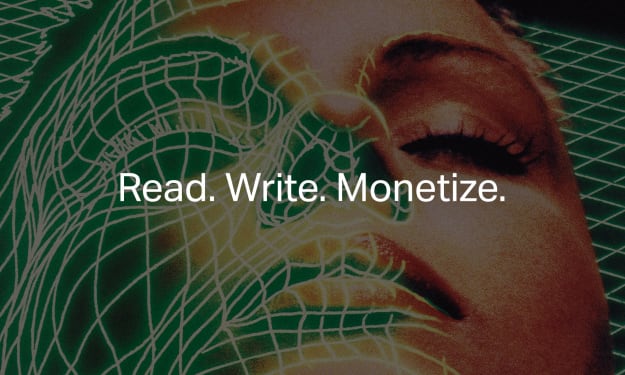



Comments
There are no comments for this story
Be the first to respond and start the conversation.